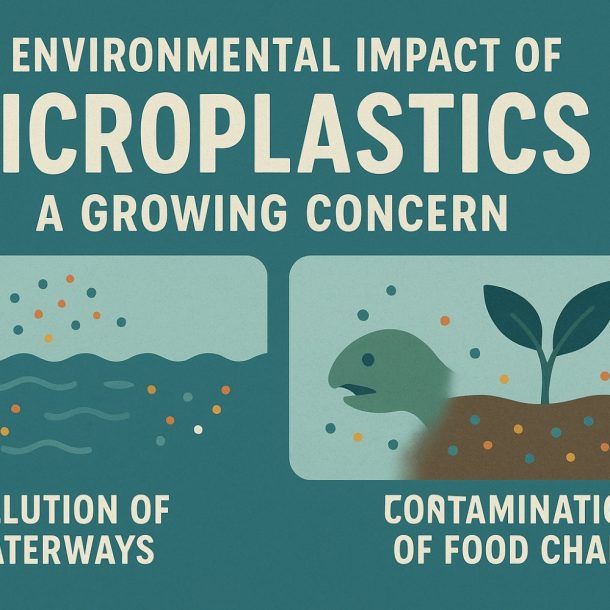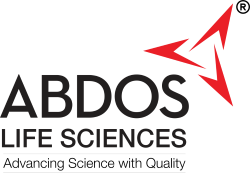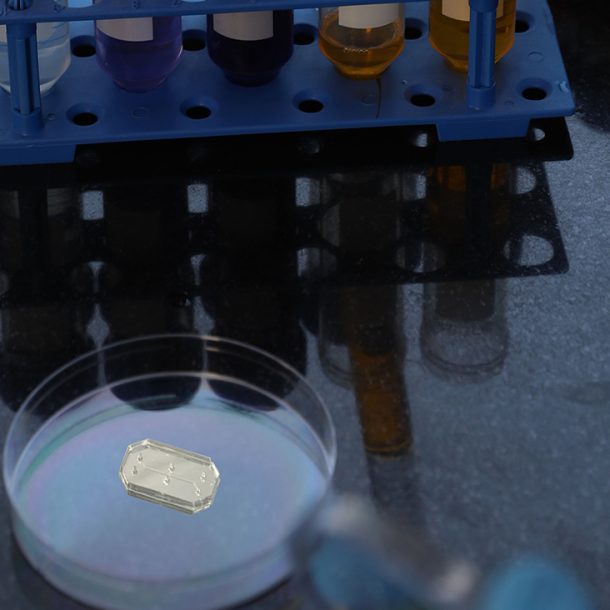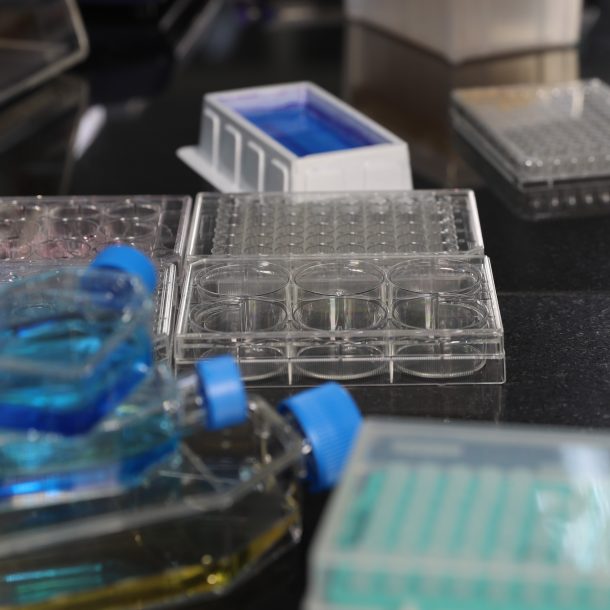
Gene editing has entered a new era – and your lab must keep up..
Revolutionizing the field of genetic engineering, CRISPR/Cas9 has emerged as a powerful and versatile tool for precise genome editing. CRISPR/Cas9 – Clustered regularly interspaced short palindromic repeats (CRISPR) is an effective gene-editing tool, widely used in the scientific research to modify the genome sequence while inducing insertions, deletions, or base substitutions in the genome. There are several diseases particularly genetic diseases that are caused by changes in gene expression or gene mutation. The earlier generations of gene editing technology included zinc-finger nucleases (ZFNs) and transcription activator-like effector nucleases (TALENs), which used engineered proteins that binds to specific DNA sequences. However, the main challenge with this technology was their complex design to target different DNA sequences, making them less efficient compared to latest technologies (1).
Alternatively, the CRISPR/Cas9 gene editing tool, being the latest development uses a small RNA molecule that directs a Cas9 protein to a specific location in the DNA. It then cuts the DNA at the specified location, followed with further modification including either deletion, addition, or change in a piece of the DNA. This technology, comparatively, is much easier to use than earlier gene-editing tools ZFNs and TALENs, reducing the complexity and enabling its applications in a variety of organisms for diverse purposes.
Discovery & Application-
The origin of this technology dates back to the late 90’s when scientists noticed a strange pattern of repeating DNA in an E.coli and then later in other bacteria & archaea. In 2012, after a landmark publication, this technology turned into a powerful gene-editing tool for all kinds of organisms. Since then, it’s been used in agriculture, medicine (e.g., sickle cell disease trials), and even embryo editing experiments.
In biomedical research, CRISPR-Cas9 has facilitated the study of gene functions and disease mechanisms, enabling researchers to create targeted gene knockouts, generate disease models, and explore potential therapeutic strategies. A recent publication of 2025 proposes a more innovative approach, where CRISPR-ribonucleoprotein packaged in virus-like particles is used to generate genetically engineered mouse models which could be crucial for investigating disease mechanisms, developing therapeutic strategies, and advancing fundamental biological research (2).
In agriculture, the technology offers a promising approach for crop improvement by modifying genes related to disease resistance, stress tolerance, yield by adapting to climate changes, and nutritional content. It provides a more precise and rapid alternative to the traditional breeding methods. Moreover, the latest studies have demonstrated the potential of CRISPR/CAS in enhancing yield-related traits in various crops. For instance, through editing the DEP1 gene in rice, CRISPR/CAS has led to the development of semi-dwarf varieties with improved lodging resistance and higher grain yield (3).
In environmental sciences, researchers have explored the potential of CRISPR-Cas9 to mitigate threats to endangered species by editing their genomes to enhance their resilience or adaptability to changing environments.
With recent advances, CRISPR/Cas-based nano-biosensing development is also highlighting the current state-of-art, challenges, and prospects and is expected to provide better understanding and valuable insights to trace NABCBs detection, thereby facilitating advancements in early cancer screening, detection, diagnostics, and achieve practical applications soon. These detection results can also assist in subsequent cancer diagnosis, location, guidelines for therapy and other clinical protocols (4).
Equipping Your Lab for CRISPR-Cas9 Success
To truly harness the potential of CRISPR- Cas9 and other advance pioneering research in genome editing and molecular biology, it is crucial to have a lab environment that supports precision, efficiency and reliability. In support of such cutting-edge scientific endeavours like genome editing, Abdos offers a comprehensive range of high-quality labware and equipment designed to meet the evolving needs of modern research environments.
Our CRISPR- supportive product includes:
- Cell culture products, that provide optimal environments for the growth and maintenance of cells during genetic modification processes.
- A variety of precision pipettes and disposable tips, essential for the accurate measurement and transfer of critical reagents
- Microcentrifuge tubes & Cryo-vials, available in multiple sizes, they are ideal for the safe storage of reagents and DNA samples throughout the process.
- PCR products including PCR tubes, plates, and sealing options – engineered for consistency in DNA amplification and analysis post-editing.
- The ABDOS Thermo-Mix Series, designed for superior temperature accuracy and uniformity. These instruments support a wide range of molecular biology applications, including gene synthesis, purification, and denaturation; protein denaturation; enzymatic reactions; and bacterial culture.
With our robust product portfolio, Abdos is committed to enabling innovation and efficiency in advancing gene editing research. CRISPR-Cas9 has revolutionised the field of gene editing with its unprecedented precision, enabling breakthroughs across biomedical research, agriculture and environmental science. From understanding and treating genetic diseases to developing climate- resilient crops and protecting endangered species, this groundbreaking technology is reshaping the future of science and medicine. Abdos is proud to support such advancements with its high-quality product range and service offerings.
👉 Explore our full range of lab consumables for CRISPR-Cas9 and other such advanced areas of research on our website: www.abdoslifesciences.com
👉 To know more about how we are empowering researchers in their field of research with our offerings, get in touch with us: Email, LinkedIn, Instagram, Facebook, YouTube
References:
- CRISPR/Cas9 therapeutics: progress and prospects (2023)
- https://doi.org/10.1038/s41467-025-58364-7
- Zhang, A., et al. (2023a). Mutation of DEP1 facilitates the improvement of plant architecture in Xian rice (Oryza sativa). Plant Breed. 142, 338–344.
- https://doi.org/10.1186/s12943-024-02222-5





